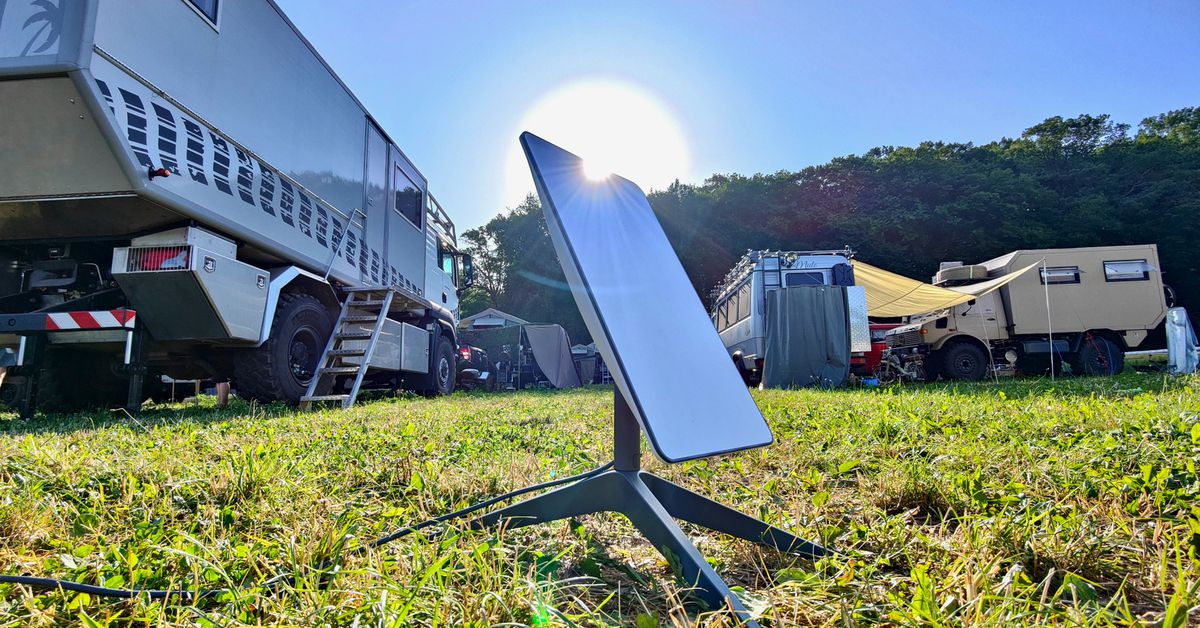(EMAILWIRE.COM, June 23, 2022 ) Overview of This Study:
This research study involved the extensive use of secondary sources; directories; databases such as D&B, Bloomberg Business, and Factiva; white papers; annual reports; company house documents; and SEC filings of companies. Secondary research was mainly used to identify and collect information useful for the extensive, technical, market-oriented, and commercial study of the High Potency APIs market.
In the primary research process, various sources from both the supply and demand sides were interviewed to obtain qualitative and quantitative information for this report. Primary research was also used to obtain key information about the market classification and segmentation according to industry trends, regional markets, and developments.
Revenue Growth Expectations:
The High Potency APIs market is projected to reach USD 39.6 Billion by 2027 from USD 24.5 billion in 2022, at a CAGR of 10.1% from 2022 to 2027.
Growth Industry Growth Drivers:
The growth in this market is driven by factors such as increasing demand for oncology drugs, growing demand for antibody-drug conjugates, increasing focus of leading pharmaceutical companies on HPAPIs, advancements in HPAPI manufacturing technologies, and growing focus on precision medicine
Download PDF Brochure@
https://www.marketsandmarkets.com/pdfdownloadNew.asp?id=36582475
Global Leading Companies:
The major players in the High Potency APIs market include Pfizer Inc. (US), Novartis International AG (Switzerland), Merck & Co. (US), Teva Pharmaceutical Industries Ltd. (Israel), Viatris Inc. (US), Boehringer Ingelheim (Germany), Sanofi (France), AbbVie (US), Eli Lilly and Company (US), and Bristol-Myers Squibb (US).
Different Growth Strategies Adopted by Them:
Various growth strategies have been adopted by these players, such as agreements, collaborations, partnerships, and acquisitions to increase their presence in the global human microbiome market.
Pfizer held the leading position in the High Potency APIs market in 2021. The dominant position of the company is primarily attributed to its exhaustive product portfolio. The company has been operating in the HPAPI market for more than a decade and has a strong brand image, which gives it a competitive edge over other players. To remain competitive and strengthen its market position, the company primarily focuses on adopting both organic and inorganic growth strategies such as acquisitions and expansions. Over the past few years, Pfizer acquired Arena Pharmaceuticals (US), Anacor Pharmaceuticals (US), and Hospira (US). Such acquisitions enabled the company to expand its product offerings and global market presence.
R&D Capabilities: Pfizers growth strategy is driven by five Bold Moves that help the company deliver breakthroughs for patients and create value for shareholders and other stakeholders. The company is committed to strategically capitalizing on growth opportunities, not only by advancing its product pipeline and maximizing the value of the existing products but also through various business development activities. R&D expenses increased USD 4.4 billion in 2021 as compared to 2020, primarily due to the charge for acquired IPR&D related to our acquisition of Trillium, a net increase in charges for upfront, milestone payments on collaboration and licensing arrangements, and increased investments across multiple therapeutic areas, including additional spending related to the development of the oral COVID-19 treatment program.
Roche held the leading position in the High Potency APIs market due to its robust product portfolio and wide geographic reach. Its pharmaceuticals segment develops and launches APIs. To remain competitive and further strengthen its market position, the company adopts inorganic growth strategies such as acquisitions. In the past three years, the company has acquired three other players to strengthen its position in the market. The company also focuses on maintaining and enhancing its production capabilities; for example, the company entered licensing agreement with Sarepta Therapeutics to improve the lives of patients living with Duchenne muscular dystrophy. Also, the company entered licensing agreement with Sarepta Therapeutics to improve the lives of patients living with Duchenne muscular dystrophy. Such deals help the company remain competitive in the dynamic global HPAPIs market
R&D Capabilities: To remain competitive and further strengthen its market position, the company adopts inorganic growth strategies, such as an acquisition. Sales in the Pharmaceuticals Division in 2021 were USD 31.91 billion, an increase of 3% at CER as compared to 2020. New product sales were more than compensated for biosimilar competition to MabThera/Rituxan, Herceptin, and Avastin. The sales growth was driven by growing demand for new medicines, including Hemlibra, Ocrevus, Tecentriq, Evrysdi, Phesgo, and Ronapreve. In the second half of the year, the biosimilar impact was slowing down as expected.
Request Sample Pages@
https://www.marketsandmarkets.com/requestsampleNew.asp?id=36582475
Geographical Growth Scenario:
By Region, the High Potency APIs market is segmented into North America, Europe, Asia, and the rest of World (RoW). North America is expected to dominate the market in 2021. Factors such as growing oncology sector, prevlance and incidence of chronic diseases and lifestyle diseases to drive the market segment in North America.









